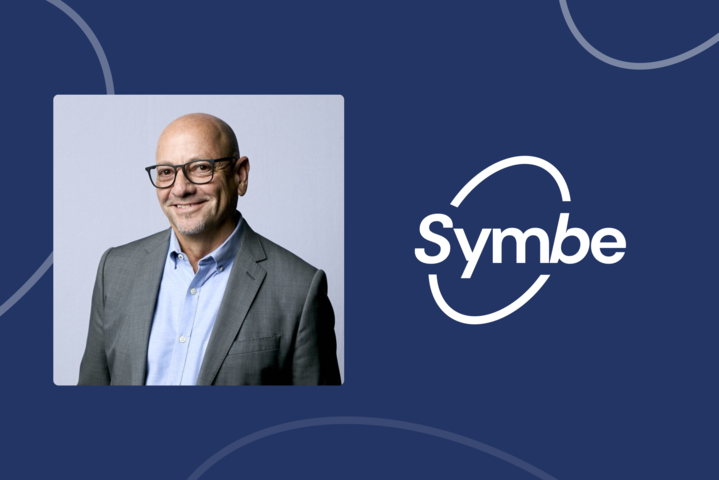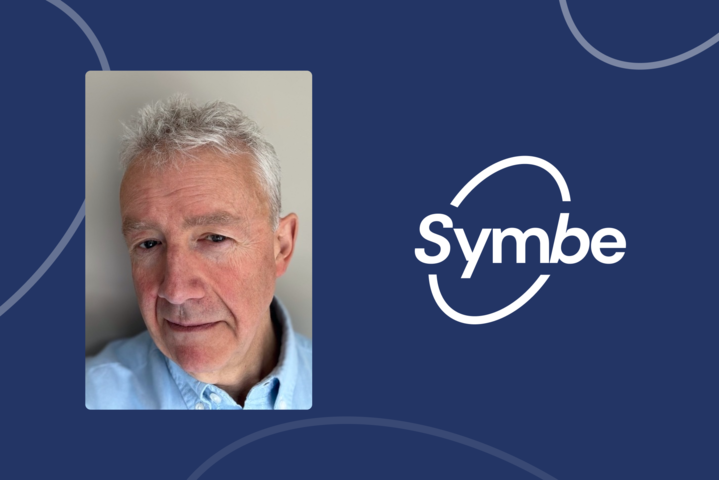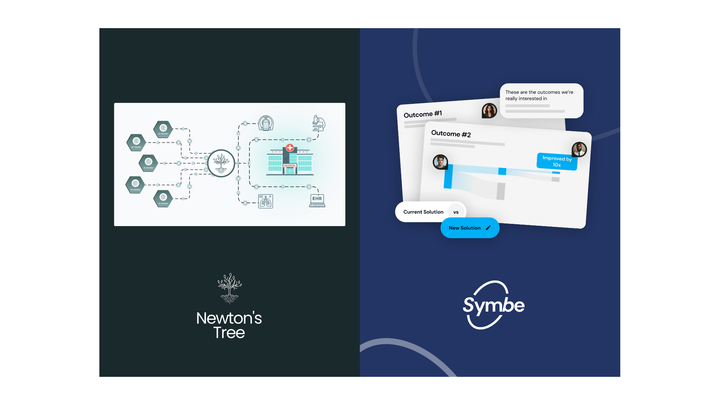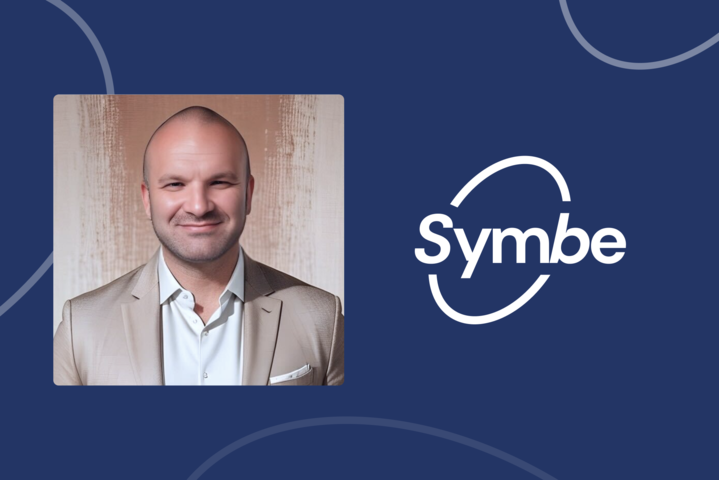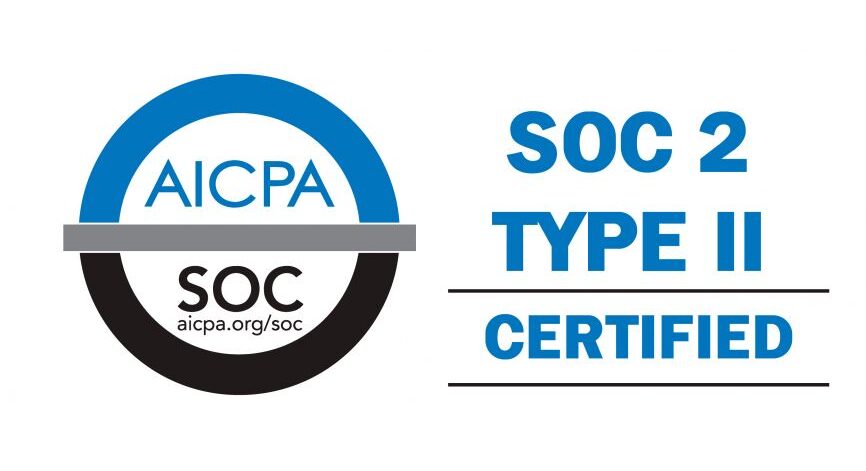From the start of our journey at Symbe we’ve spoken with over 100 GTM teams and leaders, and we’ve observed a number of common themes across the insights we’ve gained from them. Below we’ve shared six key insights from those discussions – all of which converge on one central thesis: during challenging economic times, the best companies invest in upskilling and ‘up-tooling’ their GTM teams, enabling them to perform at a higher level.
Insight 1. Market conditions are driving a necessary and greater adoption of ‘Value-Selling’ methodologies across the whole Go-to-Market (GTM) team. In today’s competitive and budget-restricted landscape, simply pitching features and benefits is no longer enough. Customers expect vendors to demonstrate a deep understanding of their business challenges and how the proposed solution can drive tangible value -i.e. a clear business case.
Insight 2. The ‘Enterprise’ playbook is coming down to the mid-market. GTM teams can no longer afford to apply just a 7 out of 10 effort on mid-market deals. Every deal (and renewal) today requires ‘Enterprise’ grade attention. Mid-market customers have become more sophisticated and demand the same level of consultative selling approach as their larger counterparts. This creates a real stretch on GTM resources, given the time required to dedicate Enterprise playbook to higher volume mid-market deals.
Insight 3. The traditional Sales Development Representative (SDR) role as we know it is disappearing. SDRs are getting retrained and upskilled in value-selling, commencing the MEDDICC (Metrics, Economic Buyer, Decision Criteria, Decision Process, Identify Pain, and Champion) qualification earlier and earlier. This shift empowers SDRs to have more consultative conversations from the outset, supporting the AE’s who are very resource stretched with more mid-market value-selling deals, and sets the stage for a smoother handoff to the closing team.
Insight 4. Implementing a value-selling methodology in any organization requires a cultural shift and true buy-in from the very top. Technology and skills training can only get you so far. Value-selling needs to be fully understood across the organization, and you need to trust the process. Leaders must champion the adoption of value-selling principles and create an environment where sellers feel empowered to have authentic conversations focused on the customer’s desired outcomes.
Insight 5. When demonstrating a ‘time savings’ outcome in your business case, don’t just equate that to a monetary value. Dive deeper into how your client would attribute that time savings – they’re likely not going to reduce staff. Build the business case from their value perspective. Understand how the time savings would translate into tangible benefits for the customer, such as increased productivity, faster time-to-market, or improved customer satisfaction.
Insight 6. Tooling up your champion within the customer’s organization to speak the same financial language as the CFO is paramount. Provide them with the business case materials and coaching to effectively communicate the quantified value and ROI your solution delivers. This internal advocate armed with a well-articulated financial justification can be the difference maker in winning over the economic buyer.
Hearing this feedback reaffirms our commitment at Symbe to equip GTM teams with the essential tools and resources needed to thrive in today’s challenging market, ensuring they emerge stronger and more competitive.
